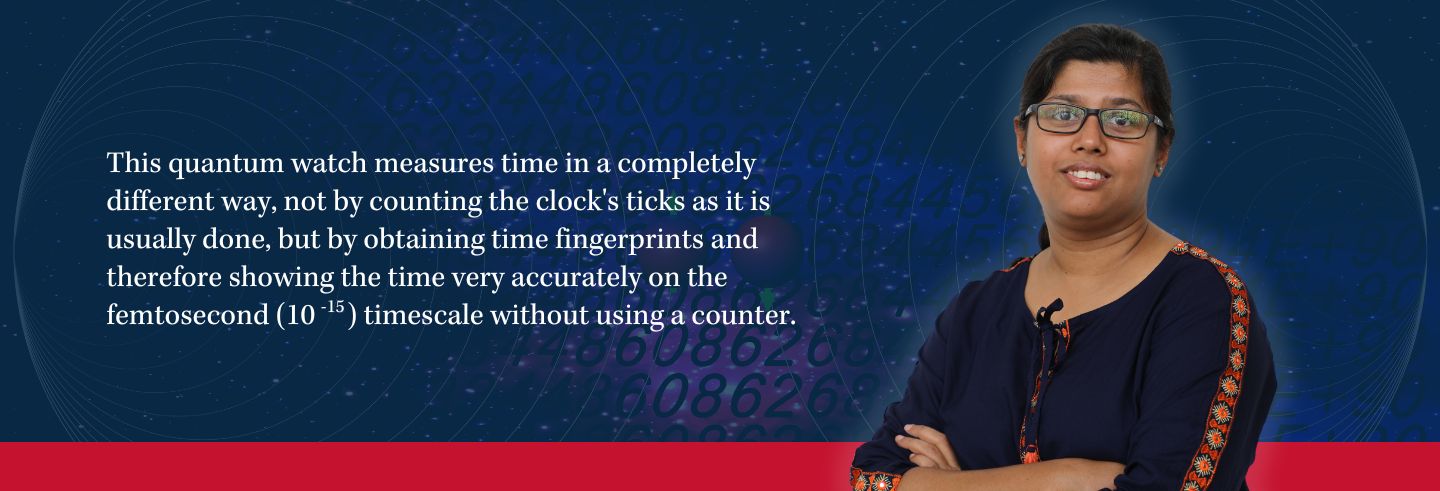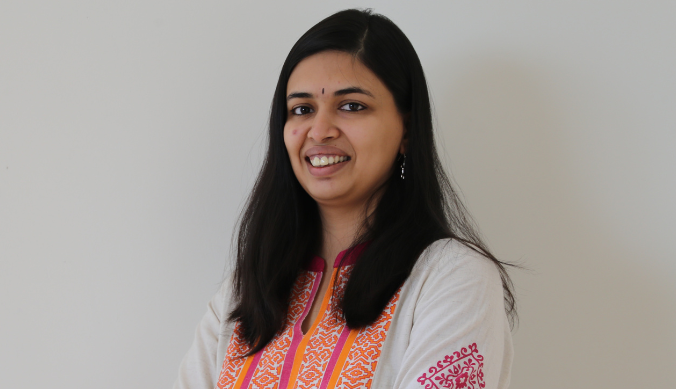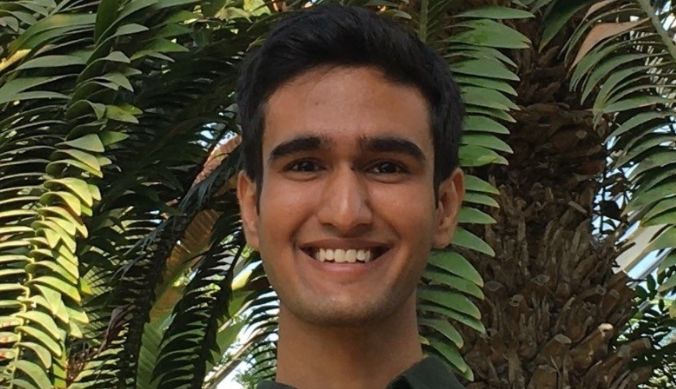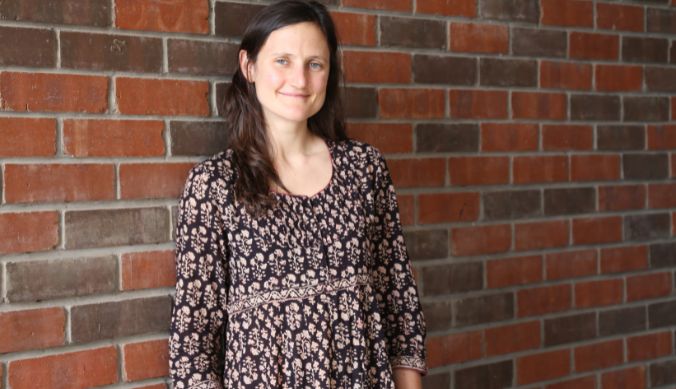How to measure time in a different way
A quantum stopwatch constituting of helium atoms and laser can accurately measure the time that has passed, without counting seconds like other clocks
All clocks require complex mechanics/electronics to function, usually for counting the number of oscillations of some base frequency or to keep the base frequency stable. The complexity begs the question, ‘How can we be certain a clock provides the correct time?’ An analogy can be found within cryptography, ‘How can we be sure that our communication is secure?’ This latter question has been solved by quantum mechanics, where any act of eavesdropping is revealed in the transmitted data. Likewise, researchers have now shown that a quantum watch will exhibit a signature that validates its accuracy. Any mistakes, drifts, errors, or failures of the quantum watch will change the signatures and hence be discovered. Here, a clock and a watch have been differentiated as follows. A clock requires keeping track of time, a watch simply provides the time. The quantum watch provides a fingerprint representing a specific time, and hence only requires interaction when initiating and reading out the time. Therefore, the quantum watch is the only watch, since all other devices require keeping track of time.
The developed quantum watch consists of a helium atom that is excited by using a laser pulse to a highly excited bound state of Coloumb potential known as the Rydberg state. The evolution of the system is monitored by using another laser pulse by ionizing the excited electron and detecting it with the electron analyzer. The experiment was performed by Susmita Saha, Assistant Professor, at Ashoka University and her colleagues at the HELIOS laboratory at Uppsala University, Sweden. By coherently exciting more than one Rydberg state, a complex oscillatory pattern is observed (see the bottom panel of Fig. 1). Researchers refer to these oscillations as quasi-unique beat signatures (QUBS), since they provide a fingerprint of how much time has evolved since the wave packet was created.
This quantum watch measures time in a completely different way, not by counting the clock’s ticks as it is usually done, but by obtaining time fingerprints and therefore showing the time very accurately on the femtosecond (10-15) timescale without using a counter. Not having a counter is quite advantageous, as it helps to get around the necessity to find time zero (the starting point of the experiment) as it is already imprinted in the measured photoelectron yield. Analogically, the information about where the tape measure starts are imprinted in the number one reads on the tape measure after measuring a certain distance. By using this watch, the researchers have determined that their experimental setup has a drift of about 1 femtosecond (10-15)/ picosecond (10-12) when changing the path length of the pump beam using a delay stage. These experiments are typically used to measure ultrafast phenomena such as the movement of atoms inside the matter, etc.
This work is recently published in the Physical Review Research journal https://journals.aps.org/prresearch/abstract/10.1103/PhysRevResearch.4.043041.
Edited by Dr Yukti Arora
Reference Article:
Quantum watch and its intrinsic proof of accuracy, Phys. Rev. Research , October 2022 | Volume 4 | Article 043041
Authors:
M. Berholts1,2, R. Knut2, R. Stefanuik2, H. Wikmark2, S. Saha2,3, and J. Söderström2
1Department of Physics, University of Tartu, EST-50411 Tartu, Estonia
2Department of Physics and Astronomy, University of Uppsala, SE-75120 Uppsala, Sweden
3Department of Physics, Ashoka University, IN-131029 Sonipat, India













